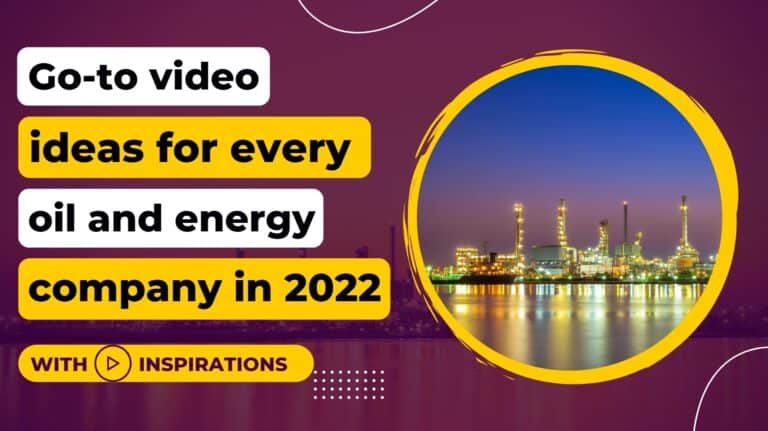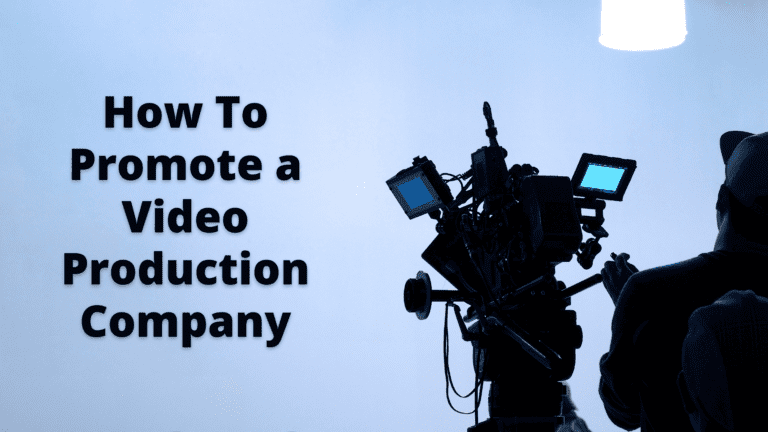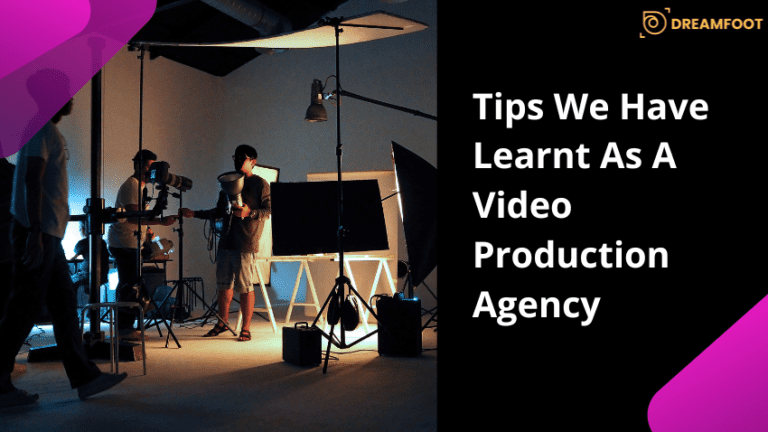10 Tips For Better Lighting In Video Production!


Good lighting is key in any video production. Whether you are shooting a commercial, a corporate video, or just a simple webcam interview, proper lighting will make your footage look more professional and polished. In this blog post, we will give you 10 tips for better lighting in video production!
Why is Lighting Important in Video Production?


Lighting is important in video production for a number of reasons. First, it can help set the mood and tone of your video. Proper lighting can make your footage look more dramatic, or it can make it look more natural. Secondly, good lighting will help your subjects look their best on camera. Poor lighting can make people look washed out, or it can create unsightly shadows on their faces. Finally, good lighting will help your video look more professional overall.
Now that we’ve talked about why lighting is important, let’s get into our tips!
1. Use a three-point lighting setup


One of the most basic and essential lighting setups in video production is the three-point lighting setup. This type of lighting setup uses three lights to illuminate your subject. The key light is placed in front of your subject and is usually the brightest light. The fill light is placed to the side of your subject and is used to fill in any shadows that the key light may create. The backlight is placed behind your subject and is used to separate them from the background.
2. Use a Soft Box for Better Lighting


If you want to shoot a video with a softer, more natural look, then you should use a softbox. A softbox is a type of lighting fixture that diffuses the light, making it softer and more flattering on your subjects. Softboxes are typically used in portrait photography, but they can also be used in video production.
3. Pay Attention to the Color Temperature of Your Lights


The color temperature of your lights can have a big impact on the look of your video. If you want your footage to look warm and inviting, then you should use lights with a warmer color temperature. Conversely, if you want your footage to look more cold and clinical, then you should use lights with a cooler color temperature.
4. Use Reflectors to Bounce Light Into Darker Areas


If you are shooting in a space that has some dark areas, then you can use reflectors to bounce light into those darker areas. Reflectors are usually large, white panels that reflect light back onto your subject. This is a great way to add some extra light to a scene without making it look too artificial.
5. Experiment With Different Light Sources


One of the best ways to learn about lighting is to experiment with different light sources. You can use natural light, artificial light, or a combination of both. Natural light can be very beautiful, but it can also be unpredictable. Artificial light, on the other hand, gives you more control over the look of your video.
6. Be Careful With Harsh Shadows


Harsh shadows can sometimes be a good thing, but they can also make your subjects look harsh and uninviting. If you are using artificial light, be careful not to create too many harsh shadows. You can use diffusers and reflectors to help soften the light and reduce the number of harsh shadows in your scene.
7. Create a Sense of Depth With Lighting


If you want your video to have a sense of depth, then you should use lighting to create that sense of depth. You can do this by using a light source that is far away from your camera, or by using a light source that is closer to your camera and pointing it towards the back of the scene.
8. Use Backlighting to Create a Sense of Drama


Backlighting is a great way to add drama to your video. Backlighting is when you place a light source behind your subject so that the light shines on them from behind. This creates a very dramatic look and can be used to great effect in music videos, commercials, and corporate videos.
9. Pay Attention to Your Background Lighting


Your background lighting should be different than your foreground lighting. If you are shooting in a studio, then you will likely have different lights set up for your background and your foreground. If you are shooting on location, then you should pay attention to the lighting in the background of your scene. Make sure that the background lighting is not too bright or too dark, and that it does not create any unwanted shadows.
10. Pay Attention To Other Aspects


Lighting is an important element of video production, but it is only one part of the puzzle. In order to create a truly professional-looking video, you also need to pay attention to other aspects of your production, such as audio, editing, and color correction. By paying attention to all of these elements, you can create a video that looks amazing and sounds great.
Lighting is a critical element of video production, and getting it right can make or break your final product. In this blog post, we’ve shared 10 tips for better lighting in video production. By following these tips, you’ll be able to create videos that look great no matter what the setting. If you need help putting these tips into practice, don’t hesitate to reach out to us. Our team of experts would be happy to assist you with all your video production needs!






